

James Wong
4 Days Ago
Stellantis has reached a tentative agreement with the United Auto Workers union, which is continuing to put pressure on GM.
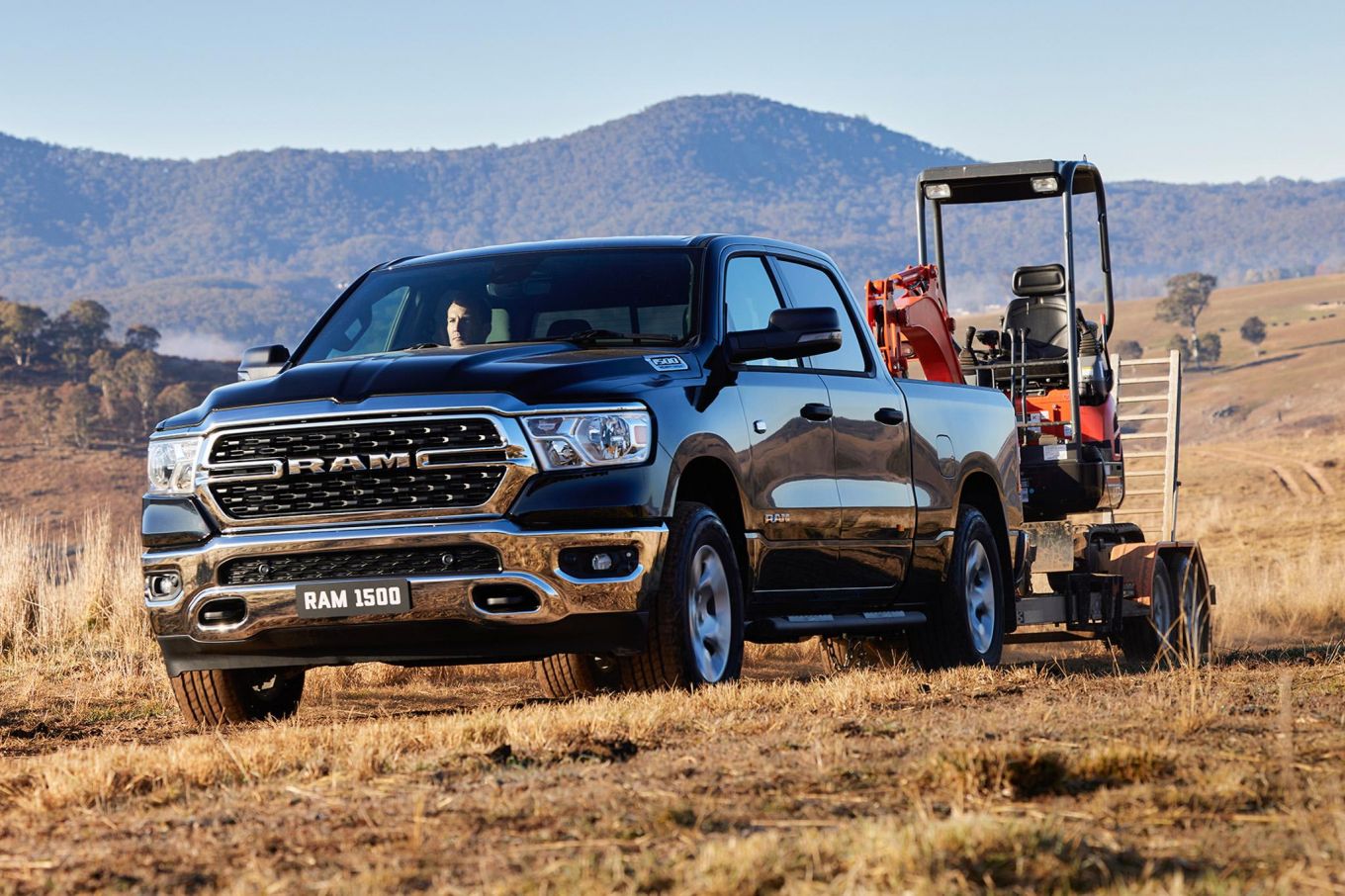
Stellantis has reached a deal with the United Auto Workers (UAW) union, ending strike action and extinguishing a burning hole in the company’s wallet.
The brand follows Ford in reaching a tentative deal with the UAW. Similar to the situation with Ford, 43,000 Stellantis workers will return while the ratification process gets underway.
Workers had been striking at Stellantis’ Toledo, Ohio plant, which produces the Jeep Gladiator and Wrangler, and the Sterling Heights, Michigan plant that produces the Ram 1500. The UAW’s strike action has also included parts and distribution facilities.
Stellantis now becomes the second of the ‘big three’ American automakers to find a compromise – allowing the company to finally restart production lines.
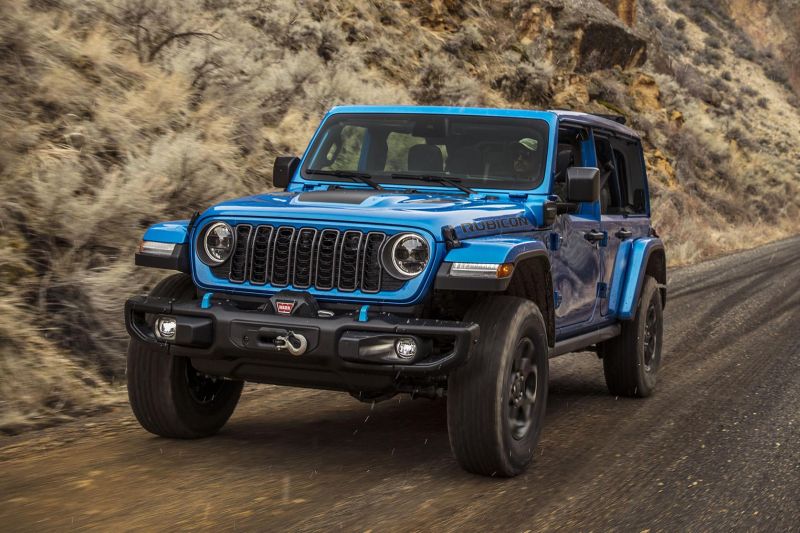
“Once again, we have achieved what just weeks ago we were told was impossible,” said UAW president Shawn Fain.
“Going into these negotiations, the company wanted to cut 5000 jobs across Stellantis. Our Stand Up Strike changed that equation.
“Not only did we not lose those 5000 jobs, we turned it all the way around. By the end of this agreement, Stellantis will be adding 5000 jobs. We truly are saving the American dream.”
However, Reuters reports Stellantis is worried the UAW’s demands will hurt the company as it tries to compete with American electric vehicle producer Tesla and international mega producer Toyota. Both of those competitors are non-unionised.
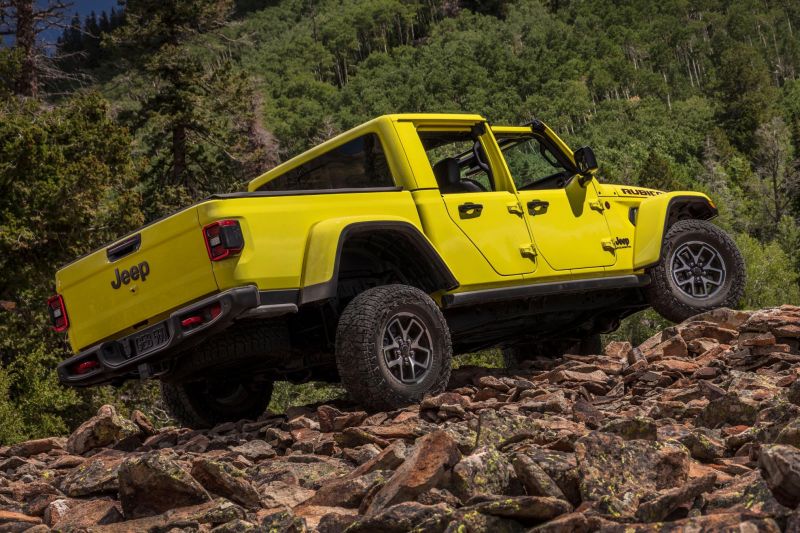
Despite the company not publicising any loss estimates, the 44 day-long strike action has taken its toll on Stellantis.
Wells Fargo analyst Colin Langan told CNN Business the strike action at Stellantis’ Sterling Heights plant is estimated to have increased the company’s weekly losses to US$200 million (A$315.5 million).
The strikes have had the unprecedented outcome of reviving one of Stellantis’ plants. As part of the announcement, the company will also establish a new battery plant.
“Through the power of our Stand Up Strike, we have saved Belvidere,” said UAW vice president Rich Boyer, referring to the Illinois plant that until this year produced the Jeep Cherokee.

“Eight months ago, Stellantis idled Belvidere Assembly Plant, putting 1200 of our members on the street. From the strength of our strike, we are bringing back those jobs and more.
“Stellantis is reopening the plant and the company will also be adding over a thousand jobs at a new battery plant in Belvidere.”
In addition to reviving the Belvidere plant, the UAW has also won the right to strike over plant closures. In a historic first for the union, they have also won the right to strike over investment and product commitments.
Elsewhere, the deal mirrors much of the progress made with Ford.
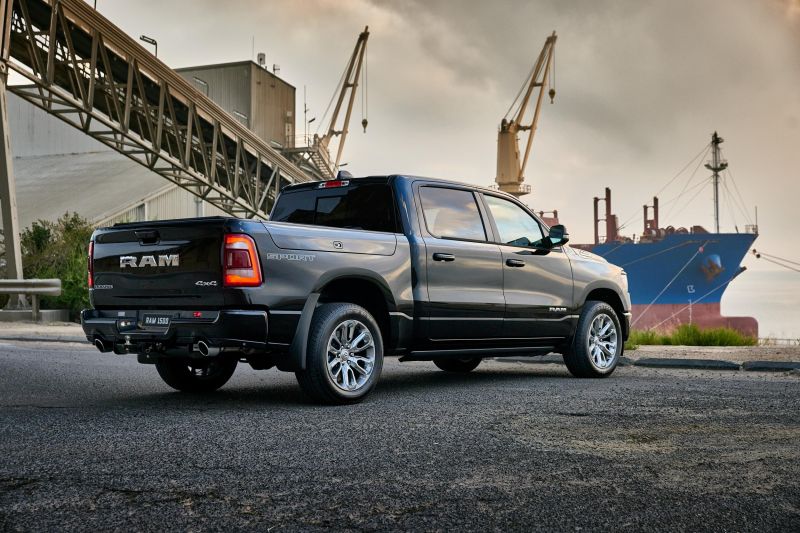
This results in Stellantis workers receiving the biggest base wage increase in 22 years.
The agreement runs through April 2028, in which time base wages will rise by 25 per cent and, compounded with cost of living allowances, the starting wage will increase by 67 per cent.
The lowest earners at Stellantis, those on temporary employment agreements, will see a raise of more than 165 per cent over the life of the agreement. Additionally, some Mopar workers will see an immediate 76 per cent increase upon ratification.
Compounded with cost of living allowances, top wage earners will see cumulative raises of 33 per cent.
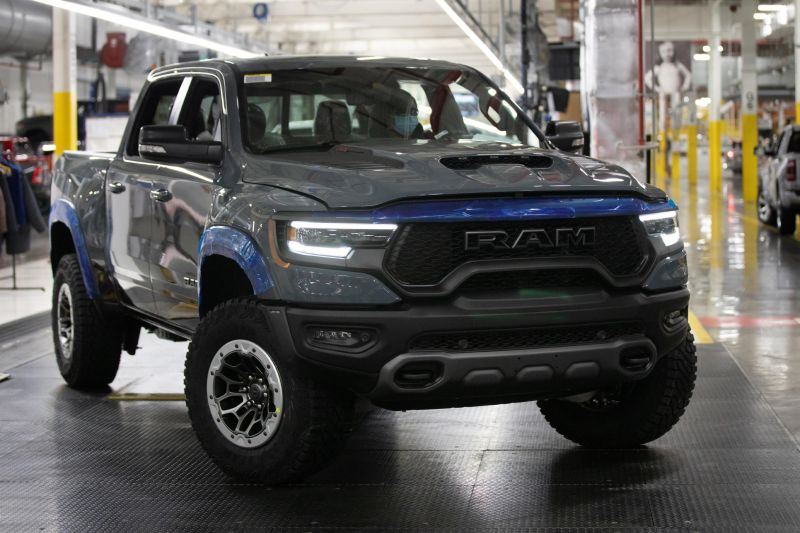
Other benefits being reinstated include cost-of-living allowances and a three-year wage progression system.
The controversial tiered wage system will be abolished and Stellantis will improve retirement benefits for both current and future retirees as well as those with 401k plans (similar to Australia’s superannuation initiative).
General Motors (GM) is the last of the ‘big three’ to agree to a deal with the UAW.
Pressure continues to mount on the brand with 5000 workers at GM’s Arlington assembly plant joining the strike and shutting down production.
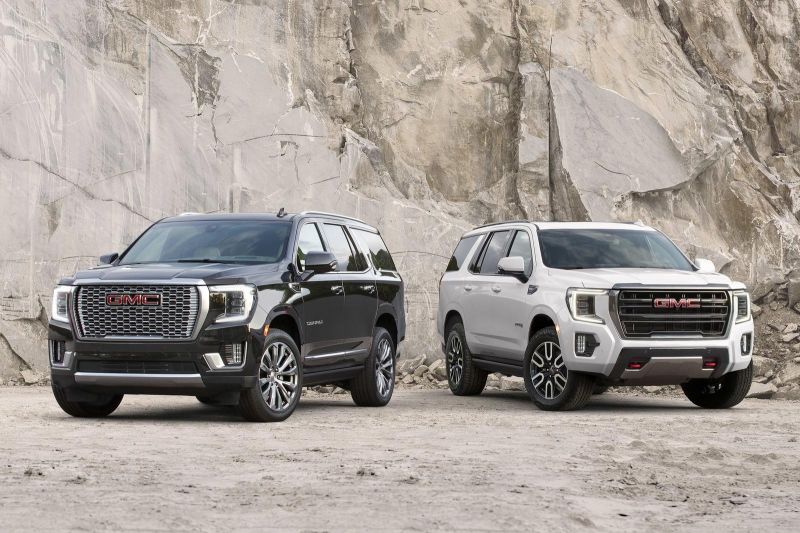
“Another record quarter, another record year. As we’ve said for months: record profits equal record contracts,” said Mr Fain.
“It’s time GM workers, and the whole working class, get their fair share.”
The plant makes some of GM’s most profitable vehicles such as the Chevrolet Tahoe and Suburban, GMC Yukon and Cadillac Escalade.
Additionally, Reuters reports strikers have also walked out of GM’s Tennessee engine production plant in Spring Hill. The massive facility is a critical link in GM’s supply chain as it supplies engines for nine other facilities including the previously mentioned Alrington plant.
In early September, strike action was initiated at GM’s Wentzville and Missouri plants, affecting production of the Chevrolet Colorado and GMC Canyon utes, as well as the Chevrolet Express and GMC Savana vans.


James Wong
4 Days Ago


Andrew Maclean
4 Days Ago


Josh Nevett
8
4 Days Ago
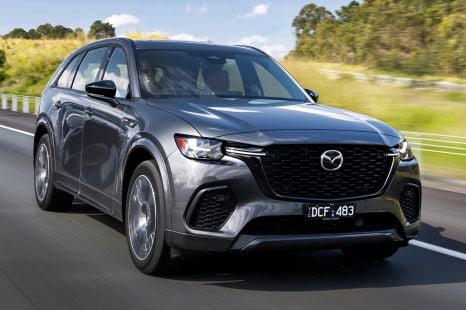

Jack Quick
7.9
3 Days Ago


Damion Smy
2 Days Ago


Neil Briscoe
2 Days Ago